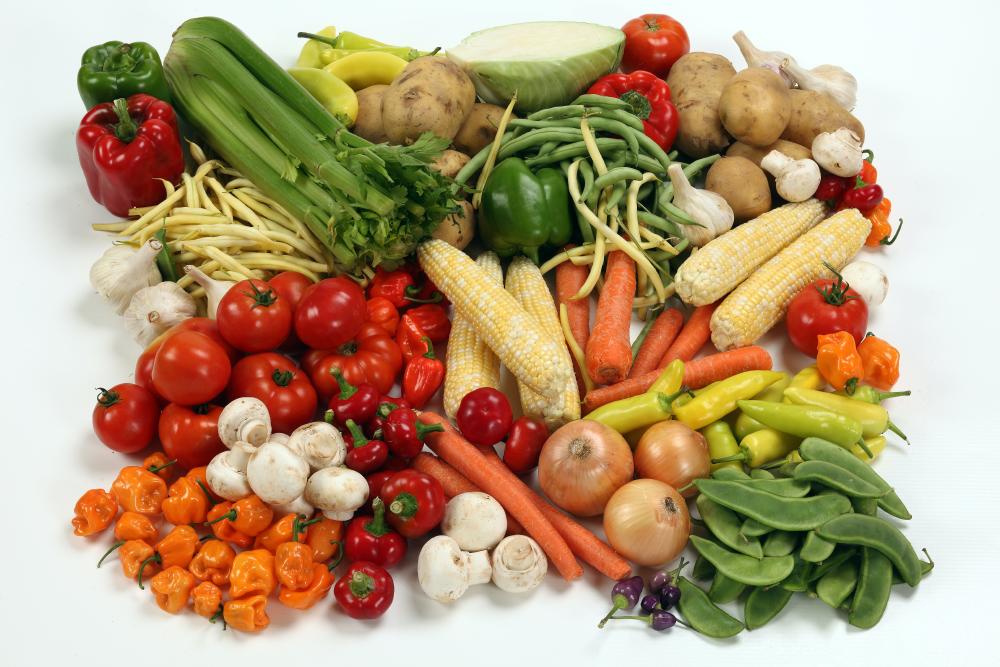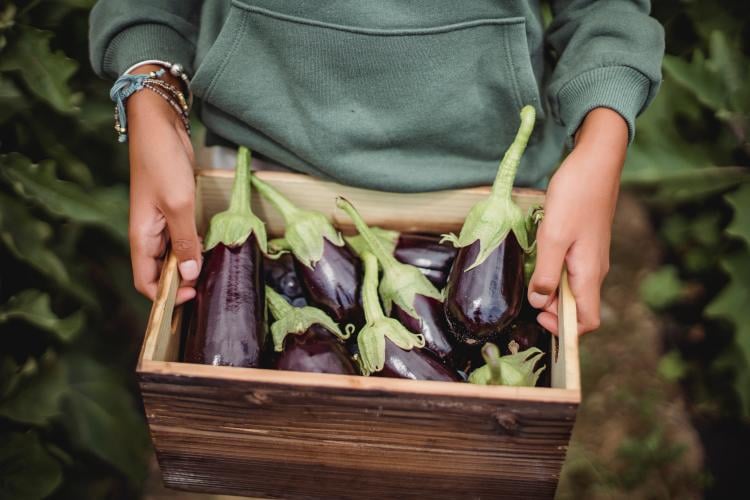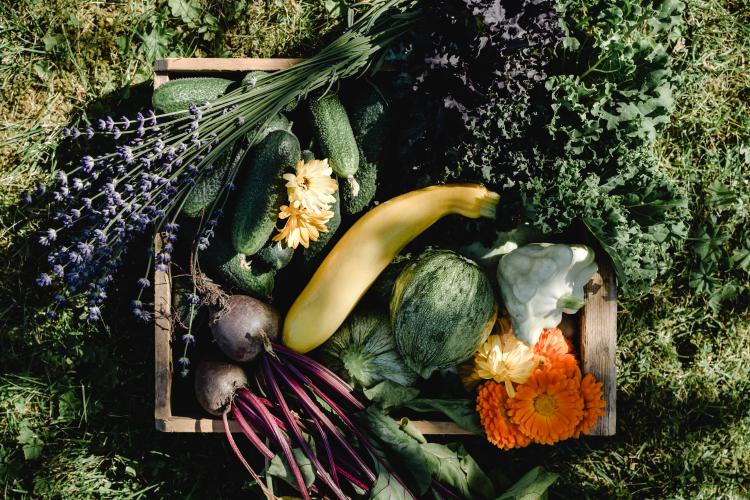
Are you planning to have your new garden at home? Do you feel lost in terms of deciding which plants to buy? Are you worried about your area temperature? We know that with information all your questions will be answered. Find in this article an incredible review of Garden Zones! From the basics of garden zones to know how to read the garden zone map. All you need to know about garden zones: how to use the USDA map!
Gardeners use the USDA plant hardiness zone map to have a clear understanding of which plants are better for their location and temperature. By using this map you will save tons of money and time. What is the USDA? USDA stands for United States department of agriculture. This department of agriculture comprises food, natural resources, agriculture, nutrition and rural development.
Going back to our main topic, let´s see what is meant by plant hardiness: it is the ability that a plant has to remain alive under hard climate conditions like droughts, floods, cold and hot. The plants´cells (the eukaryotic cells) contain all the information about plants: whether they will survive hard climate conditions or not. Also, they determine where they will grow healthy depending on what they need.
Getting to know the hardiness of a plant takes time, all of them are different and it is easier to know what they need to grow: light, water or a moisture soil? Everything becomes easier when you have access to a growing zone map.

The zone map contains the garden zones of United States. Each garden zone is a geographic area that has a range of annual minimum temperature: essential to know the ability to survive of a plant. The most used garden zone in the world is the one appearing in the picture, it has been created by USDA. It contains thirteen different garden zones with an average of minimum temperatures of each zone.
What is the purpose of this map? Getting to know the hardiness of the plants depending on the area you live at. Make your decisions based on facts and not on assumptions.
The garden zone tends to refer to the USDA scale found on the right side of the picture. Gardeners tend to say when speaking about a plant: "this plant is hardy to zone 9", meaning that the plant can resists a temperature of 20 ° F to 25 ° F. When you understand the concept of a garden zone and you are able to read the map, then it is time to make the decision: which plant suits best in your area?
As I explained before, there are thirteen garden zones in the map of the USDA including USA, Alaska, Hawaii and Puerto Rico. The thirteen zones cover a range of 10 degrees. So that you know, zone 1 is the coldest and zone 13 is the hottest. Let´s see an example: zone 1 has a minimum temperature of -60° F to -50° F degrees. While zone 13 has a minimum temperature of 60 to 70 degrees.
Now that you got to know the garden zones, it is time to decide what plants you will choose for your garden. Knowing the extreme minimum temperatures of each zone, will let you know if your plant will survive the winter or not. The goal of the garden zones map is assuring a gardener in Hawaii that he is choosing the correct plant for his area depending on the weather conditions of his area. Gardening is a relaxing activity for everyone. Being in contact with nature everyday reduces your stress levels: go out to your garden, to the nearest park or to your balcony full of plants. I do it everyday and I strongly recommend it.

Once you already decided which plants you will buy for your garden, it is time to buy seeds. Thanks to technology you can buy them online! Flower seeds are sooo beautiful! I would strongly recommend adding them to your garden kit. There are packs of 50 flower seed including Calendula, Pinks, Marigold and more. Don´t miss this article to learn all about Flower Seeds: The Best Options for a Beautiful Garden.
As I mentioned above, zone 1 is the coldest garden zone of the whole map made by USDA. Temperatures here are extreme: -60° F to -50° F degrees. As you may be thinking now, it is an extremely difficult zone to plant due to the weather conditions. Most of garden zone 1 is located in Alaska. However, there are plants whose hardiness fits with extremely low temperatures. They need to have cold tolerance and drought tolerance too. Rain lacks in that type of arid places.
Let´s see what plants are perfect for this kind of environment! Native plants are already used to low temperatures and they developed skills to do so. They are always a good idea to continue planting. Most of the people who live in garden zone 1 tend to plant inside their houses or in greenhouses. Some of the good vegetables to plant in zone 1 are: potatoes, spinach, broccoli, lettuce and radish.
It is one of the coldest garden zones of the map too! Temperatures go from -50° F to -40° F degrees in those areas. Which zones are part of this garden zone? Alaska and United States. As garden zone 1, there are many challenges here to overcome: drought and strong winds. Here the solution for gardeners is begin creative in planting techniques: leave original planting techniques in the past :)
The best vegetables for this area are the ones that grow quickly: like carrots, swiss chard, onions or mustard greens. You can also plant fruits! Best ones are korean pine, parkland appe, pembina plum and fall red apple. Mixing plants for similar environments tends to provide great results: try combining penstemon with violet.
We move to hotter temperatures in garden zone 4. Here, temperatures go from -30° F to -20° F degrees. It is easier to plant in this zone than in garden zone 1 and 2. However, another things need to be taken into account. Oh! I almost forgot to mention the areas included in zone 4, they are the northen areas of United States and the southern areas of Alaska.
A good and also bad thing about this zone is that there are short seasons of growing. To solve that issue, gardeners usually start planting indoors and then moving outdoors. The flowers that can grow in zone 4 are many: daylily, phlox, coneflower and iris. Vegetables can grow also: pumpkins, melons, eggplant and okra.
This garden zone is currently known for having a mild climate. During winter, the minimum temperature average is of -10° F to -0° F degrees. Hot summers and cold winters, a combination for great results. Many vegetables can grow here! Let´s see the available options: butter lettuce, winter squash, tomatoes and bush beans. What about fruits? Great asset too! Melons are my favorite fruit in the world. Being able to eat the vegetables you planted on your own garden is a one in a lifetime experience. Fresh veggies are more nutrient than regular ones. Did you know that radish is one of the easiest vegetables to grow?

This zone covers many places: almost 15 states within United States. Can you imagine that? This zone is known for having cool cool winters. Temperatures go from -0° F to -10° F degrees. Oklahoma, Washington and Oregon are the states included in garden zone 7. There is a variety in climate temperatures in this zone so you will need to make some adjustments to the soil. Getting to know the specific needs of your plants will give you good results.
Some of the veggies that can grow there are: hot peppers, sweet peppers, turnips and more. The flowers that grow healthy in this zone are: four o´clock, peony, painted daisy, candytuft, clematis and forget-me-not.
You may be interested at: Garden: Yellow Spiders and Why to Keep them around
This zone covers California, Texas, Arizona, Florida and the Gulf of Mexico coast. The characteristics of this zone are good winters but hot hot summers. Temperature is between 20° F to -30° F degrees. In those areas you will find active gardens during the twelve months of the year.
Wondering what vegetables can grow here? The list is long! Some of them are cabbage, greens, spinach, broccoli and cauliflower. You can also plant flowers, fruit seeds and herbs. Some of the available herb options are basil, mint and coriander.
I hope that when you finish reading this review you can have a clear picture of garden zones. The key to have an awesome garden full of nutritious vegetables and fruits is being aware of the climate conditions of your area. Now that you know about the map made by USDA, there is nothing more to do than starting planting! Leave in comments your experience :)
If you're planning your garden, check this post: Discover How a Garden Window Can Enhance your House and More